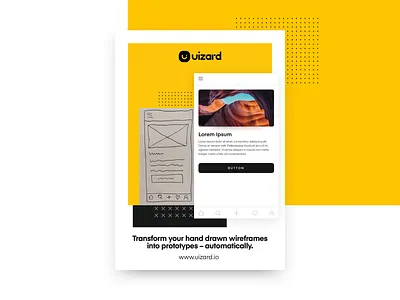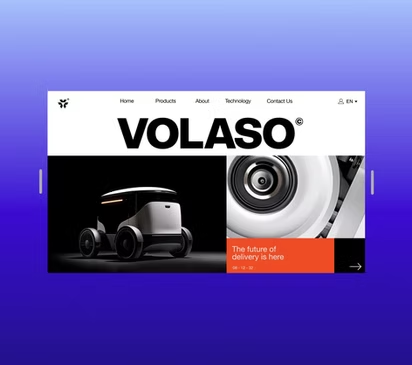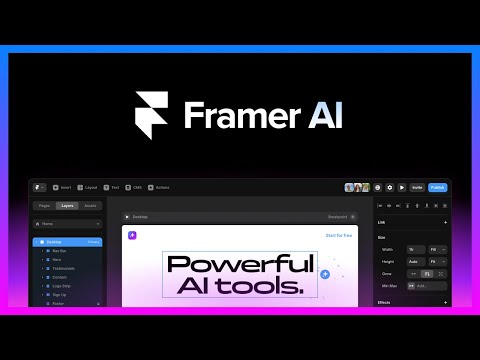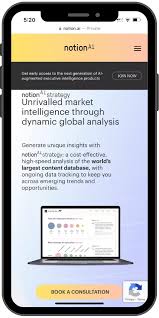Design Template by Anonymous
The Future Trends
Generative Design Powered by AI
One of the most exciting future trends in web design is the use of generative AI. This technology allows AI to automatically create web layouts, templates, color schemes, typography, and even nearly complete page designs. Generative AI uses machine learning especially large language models to understand common design patterns and create high-quality, unique visuals.
This not only reduces the time it takes to build a website but also enables more personalized and adaptive user experiences. It lowers the barrier to entry for aspiring web designers who may have creative talent but lack coding skills.
Two great examples of generative design tools are:
- Wix ADI: Generates a website based on a user's responses to a few simple questions. Designers can choose how involved they want to be in the process.
- Uizard: Allows users to sketch design ideas (on paper or digitally), which the AI then converts into working prototypes using computer vision and machine learning.
These tools highlight how AI is becoming a co-creator in the design process, helping to push boundaries and redefine what's possible in web design.

AI for Accessibility and Inclusive Design
Creating accessible and inclusive websites is a growing priority. AI is making it easier to embed accessibility into web designs by identifying and even fixing issues during development. This ensures websites are usable and fair for the broadest range of users.
Here are some key AI tools supporting accessibility:
- Microsoft Accessibility Insights: Scans web pages and apps for contrast ratio issues, keyboard navigation problems, and more.
- Microsoft Word and PowerPoint Accessibility Checker: Flags potential issues like hard-to-read fonts or missing alt text for images.
- Adobe Sensei: Analyzes images and suggests descriptive alternative text to make content screen-reader friendly.
Low-Code and No-Code Platforms
Another exciting trend is the rise of platforms that enable people with little or no coding experience to build websites. These platforms use AI to automate many design tasks, making web development more accessible to anyone with a passion for creativity.
Some of these platforms include:
- Webflow
- Wix

- Framer

- Notion

They help generate layouts and content, suggest UI improvements, create responsive designs, and even turn plain text commands into working site elements. This opens the door for a whole new generation of designers and helps experienced developers speed up their workflow.
As these tools continue to evolve, we may soon be able to create full websites from just a simple description truly revolutionizing how web design is done.